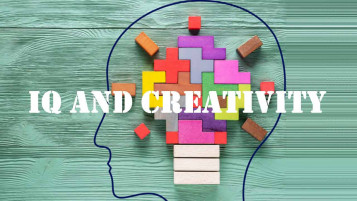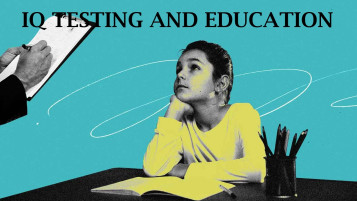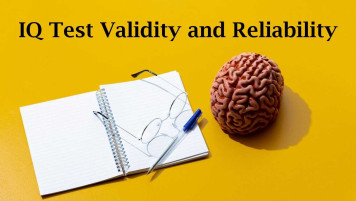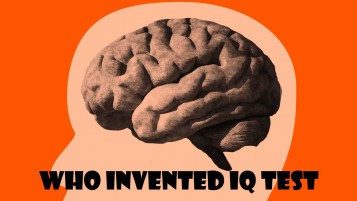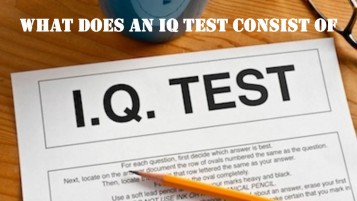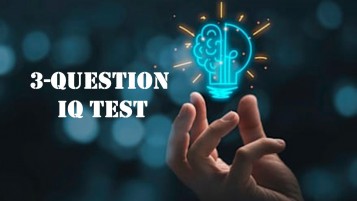The use of IQ testing has a long history of impacting the way schools recognize student potential, special education, and academic programs. However, the place of religious education in contemporary education is disputed. Are IQ scores an actual measure of intelligence or a single component of the learning puzzle? In this article we will discuss what IQ tests are, how they are applied in education and what the experts at the American Psychological Association (APA) and the National Institutes of Health (NIH) have to claim about the advantages and disadvantages.
An Intelligence Quotient (IQ) test is a test which gauges the reasoning, memory and problem solving capability of an individual based on his age. The most popular tests are the Wechsler Intelligence Scale for Children (WISC-V) and Stanford-Binet Intelligence Tests.
The APA says that IQ tests are designed to give an objective, standardized assessment of cognitive ability that can be used to determine both strengths and weaknesses in learning (APA, Intelligence and Achievement Testing: Is the Half-Full Glass Getting Fuller?).
But as experts point, IQ tests fail to detect creativity, emotional intelligence, motivation, and practical skills. These non-cognitive variables are also important to both academic and life success.
Recognizing Gifted and Talented Students
IQ testing is commonly used by schools to identify students in gifted education programs, usually in the top 2 percent (IQ of 130 or higher). This will assist teachers to provide enrichment opportunities to students that would otherwise feel unchallenged in regular classes.
According to the National Institutes of Health (NIH), IQ testing may be used to determine children who require special education or gifted programs but only as part of a larger assessment to prevent overdependence on a single score (NIH, PMC9267628).
Diagnosis of Learning Disabilities
The IQ tests also help in finding those students who might be having learning disabilities. A large discrepancy between academic achievement and IQ can indicate a condition like dyslexia or ADHD. Also referred to as the ability-achievement discrepancy, this model enables psychologists to diagnose and offer specific interventions at an early stage.
Designing Individualized Education Programs (IEPs)
In the case of special education students, IQ scores guide teachers in creating an Individualized Education Program (IEP) that corresponds to the learning strengths and weaknesses of each student. An example of this is a high-verbal low-working memory student who may be allowed more time on tests with visual help or more time on the test.
Research has indicated that IQ scores are moderate predictors of academic achievement with a correlation of r =.40 to r =.60 (Deary et al., Intelligence, 2007). This implies that students who have better IQs are likely to achieve academically, yet IQ does not make you successful.
Non-academic factors, including quality instruction, parental involvement, motivation, and emotional control, are important contributors to achievement. According to the APA, the use of intelligence and achievement tests is aimed at maximizing the learning opportunities of all students, not their definition (APA, 2024).
That is, IQ is a measure of potential, which is moulded by education.
Strengths
Limitations
Educational psychologists recommend combining IQ scores with achievement tests, teacher evaluations, and behavioral observations to form a holistic understanding of a child’s learning profile.
The Ethics Code established by the APA encourages psychologists to practice fair testing. The following is a responsible use of IQ tests in education:
Don’t have to lean on it: IQ scores must inform, but not determine academic placement.
In a morally appropriate way, IQ testing promotes inclusion and not exclusion.
Take two students, the first has 140 on an IQ test, the second with 105 and exceptional artistic and emotional intelligence. The former may be more compelling in conventional testing, but an overall assessment indicates that both possess their own strengths.
This strategy incorporating IQ with creativity, motivation, and social skills is aligned with current educational methods suggested by the American Educational Research Association (AERA) and the Inclusive Learning Policy Guidelines (2023) by UNESCO.
Professionals expect to move away in the direction of dynamic cognitive profiling, integrating IQ and real-time learning analytics.
Emerging trends include:
IQ testing will probably be one item in a complex test in this new era - not the measure of the potential student.
Final though
IQ testing has dominated education in the past 100 years but its future is in balance and not supremacy. When applied judiciously, IQ tests can help define strengths, diagnose weaknesses and make education choices. Used in its narrow meaning, they tend to demote complex learners to one number. The conclusion is simple, IQ testing must inform and not determine the path of a student. Education is made truly inclusive and the potential of the learner is realized with creativity, motivation and socio-emotional understanding.
References:
